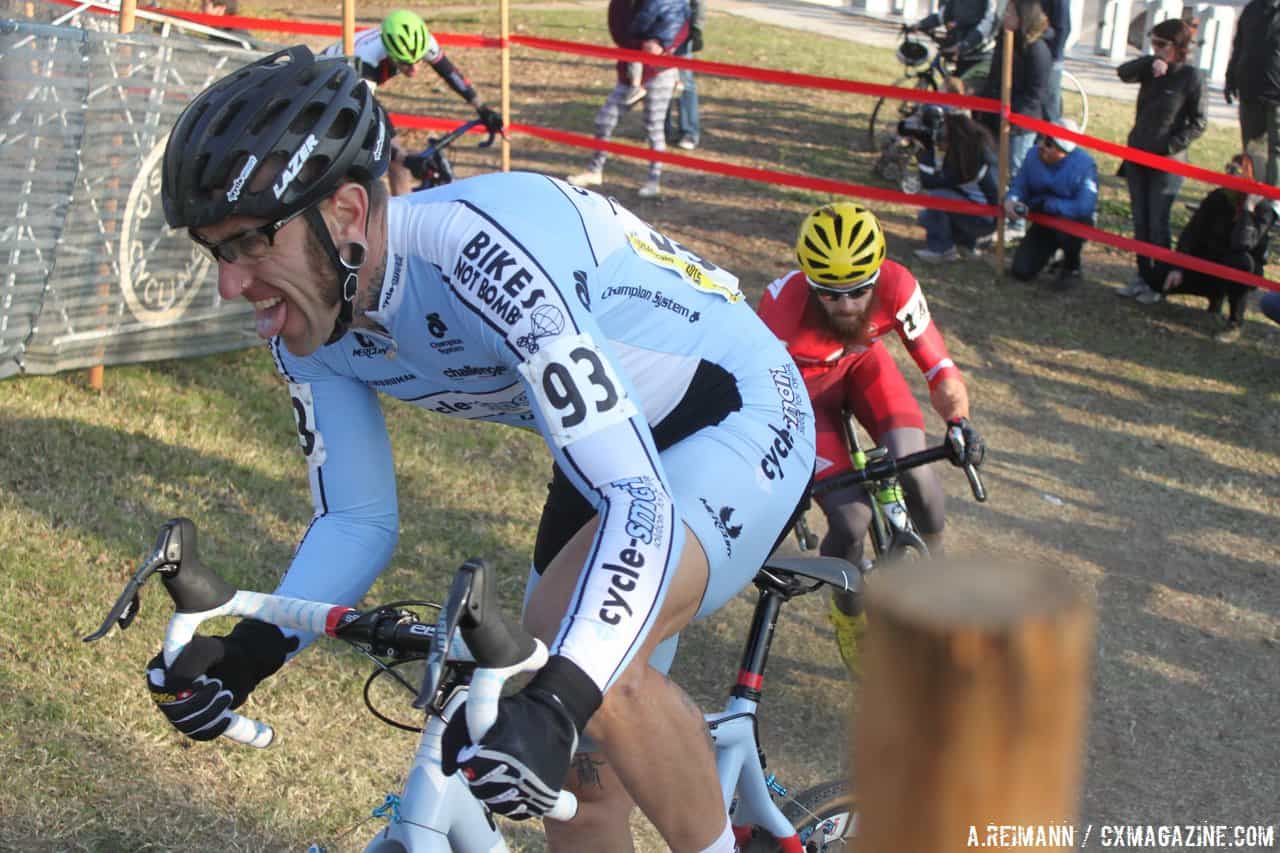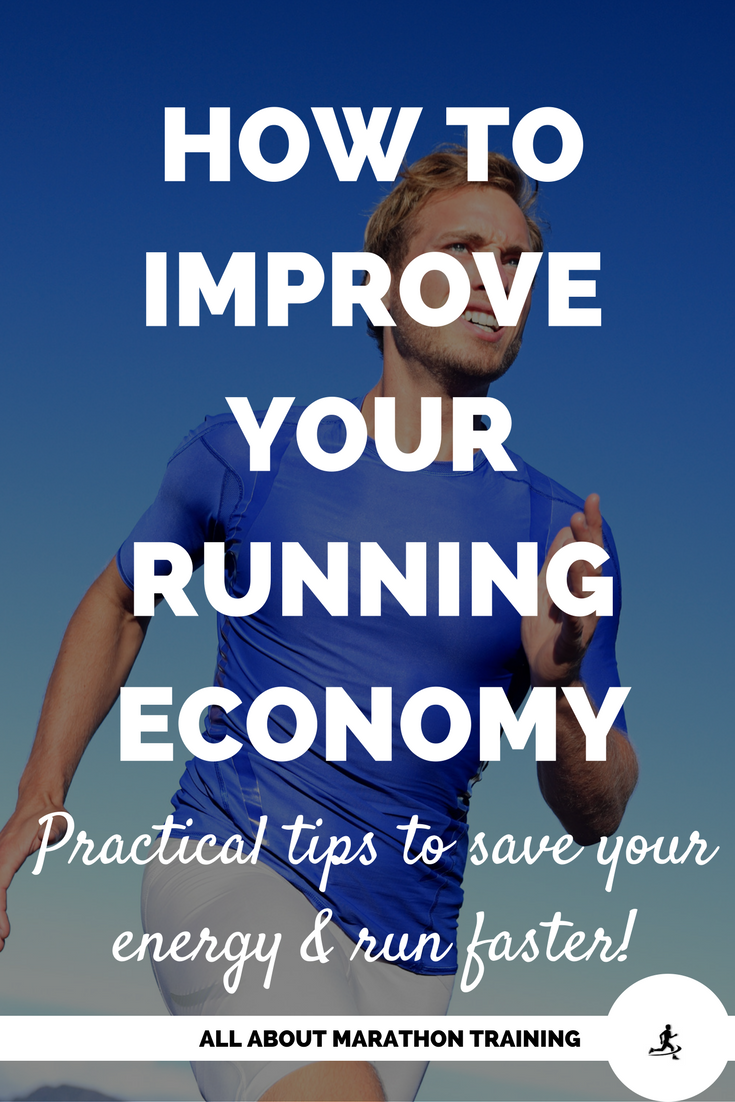Prior to competing, ready yourself for an effective cycling race warm-up. Adhere to these instructions to maximize the benefits of your warm-up process. Initiate your warm-up with brief, rapid sprints, subsequently easing into a steady, calm tempo. Conclude your warm-up as near to the race’s beginning as feasible.
Pre-race warm-up
When racing a bike, a proper warm-up is essential for ensuring your body is ready to race. Performing a short warm-up routine before the race can ensure that your bike is working well and that you won’t have any mechanical problems during the race. A pre-race bike warm-up routine should also include ensuring that your bike is well-maintained so that it’s ready for the race.
The pre-race warm-up is unique to each race, but a general recommendation is to perform low-intensity bursts of exercise while slowly increasing your intensity. Warm-up exercises should also include dynamic stretching. Static stretching has been shown to decrease muscle power and decrease some movements, so focus on dynamic stretches. Examples of dynamic stretches include pedalling while lying on your back, high knee skips, and box jumps.
In addition to physical conditioning, a bike race warm-up is essential to avoid burnout and other complications. By focusing on your warm-up routine beforehand, you’ll have the best chance to focus on your race without worrying about a lack of concentration. By preparing your body, you’ll enjoy a smooth race and achieve your best results.
Another important factor in a warm-up routine is keeping your body temperature under control. Keeping a cooling rag or ice bottle handy can help you stay cool. Keeping your body temperature under control is also essential for those who tend to suffer from heat exhaustion. Keeping an ice bottle in your back pocket or cooling rag around your neck while warming up can help you avoid getting overheated and experiencing heat exhaustion.
Before the race, warm-up routines prepare the muscles for the race. A good warm-up allows your muscles to reach their optimal operating temperature. Warm muscles are ready to work at their best when the race begins. The warm-up routine will also reduce the risk of injury. And it will help you get into a rhythm and calm your nerves. It will also prepare your body for the hard work of the day.
Pre-race warm-up intervals
In order to improve your race performance, you should include pre-race warm-up intervals in your training plan. These intervals should be shorter and more intense than those used for longer races. You should aim to start your warmup at least 30 minutes before the race. But if you’re short of time, you can do a quick warmup for just 10 to 12 minutes.
A warm-up has several benefits, including the prevention of injuries. A warm-up increases the body’s temperature, which in turn increases the blood flow to working muscles. It also helps to improve nerve transmission, which increases muscle contraction speed. A warm-up also improves joint mobility and prepares your body for race-level intensity. By doing these exercises before the race, you’ll be ready to race at your maximum performance.
Warm-up intervals can range from simple to complex. Your warm-up protocol will depend on how far you’re training and how much time you’re planning to spend. The warm-up intervals will also help prime your digestive system. Remember to take the time to use the loo. It’s best to wear clothes you’re comfortable in – you’ll be standing for quite a while!
Ideally, you’ll finish your warm-up routine between 5 and 10 minutes before the start of the race. However, if you’re running a large fun run, this may not be possible, as there are usually queues for the loo and a lack of space to warm up. In these circumstances, your goal is to finish as close to the start time as possible, balancing panic and warm-up.
The length of your pre-race warm-up intervals depends on the distance of the race. A shorter race will need a longer warmup interval than a longer one. A shorter race will be at a higher intensity from the start, and you’ll need to warm up accordingly. The early warm-up intervals should be higher intensity, which raises the heart rate and sets your muscles for race pace.
A proper warm-up is essential for maximizing your performance. The body is a complex machine, and you must understand what happens to it. By doing pre-race warm-up intervals, you’ll stay fit and healthy and have the confidence to perform to the best of your abilities.
Warm-up intervals are important for every type of event, and they can be done during training or even during the race. A good warm-up routine can reduce muscle fatigue, reduce your risk of injury, and prepare your body for a successful race. A warm-up can also help you recover from an event.
Pre-race warm-up anxiety
Pre-race warm-up anxiety is a natural part of the race process for any athlete. This anxiety often manifests as physical symptoms, internal chatter, and exhaustion, and it’s a common precursor to race day. Fortunately, there are several strategies for overcoming pre-race anxiety.
The best method is to balance excitement and mellowness during the warm-up. If possible, warm-ups should involve a short, quiet session, perhaps on a trainer next to your car. It’s also a good idea to listen to music to get rid of any distractions. It’s okay to feel some leg fatigue at the start of the warm-up, as this will go away later.
Runners with pre-race anxiety should focus on a warm-up that mimics their normal workout. This may include jogging for 10-15 minutes, stretching muscles, and quick strides. By focusing on the familiar warm-up routine, runners should overcome the race anxiety. It also helps to eliminate the use of watches during the warm-up, which can lead to anxiety.
The Competition Anxiety Theory states that an athlete’s response to anxiety is largely determined by his or her ability to control his or her situation. Athletes who feel they can control their anxiety are more likely to achieve their goals, feel more confident, and perform better. In contrast, athletes who are unable to control their anxiety symptoms are more likely to suffer from an adverse race day experience, and their anxiety symptoms may become debilitating and hamper their performance.
As a general rule, pre-race warm-up anxiety during a cycling race is normal. It helps athletes tap into calm excitement and get in the zone. When this happens, the race will settle into a rhythm and become more manageable. Once the race starts, though, riders should start aggressively and expect to suffer.
As with any race, the clothing an athlete wears has a direct impact on their physical and emotional condition. For example, wearing something too tight could make them uncomfortable on race day. It could also cause their breathing to become rapid and difficult, which may make them feel panicked. The same is true if they’re wearing a hot wetsuit or trisuit.
Once you’ve gathered enough courage, you’ll be able to calm your nerves and focus on your own performance. Instead of listening to other competitors, and focusing on race-referee announcements, try to bring the calm sensations from your daily practice into your mind. Remind yourself that you’re ready to race and that you’re a strong athlete.
Ideally, your warm-up should take around 30 minutes. That’s because a 30-minute aerobic session helps open the smooth muscle and allow maximum blood flow and oxygen delivery. Shorter warm-ups simply don’t work as well.









